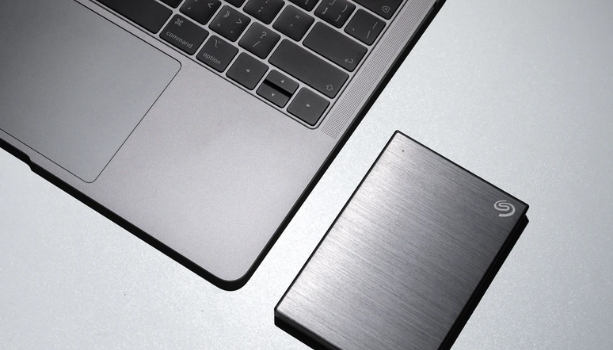Experts Guide to PC Backup: How to Protect Your PC from Ransomware
Ransomware attacks have increased the number of cases where major national facilities around the world had no way to completely block them – and we have witnessed the shutdown of a colonial pipeline of oil pipelines in the southeastern U.S. and the shutdown of the world’s largest meat processing company, JBS, Brazil. Attacks are becoming smarter and more precisely targeted, it can even paralyze the operating systems of certain companies or major national facilities that are in charge of supply and production, in order to demand a larger ransom for data decryption costs.
In particular, as socially distanced environments such as working-from-home increase, personal devices, especially laptops, are more easily exposed to attacks than in the past. It is known that regular backups are essential in order to minimize damages caused by ransomware attacks. But, what is the most reliable backup method to protect my device and recover from ransomware damage?
Using the Traditional Backup Software
This method uses traditional backup software and is a suitable backup method for LAN-connected devices such as desktops. Since backup is performed mainly at night, it must always be connected to a LAN cable – therefore it makes things difficult for a laptop as it is portable and may lose power or network before the backup is completed.
Also, traditional backup software mainly uses full backups that use a lot of bandwidth, which is unsuitable for laptops running on low-bandwidth connections and doesn’t encrypt backups in transit which puts you at risk of data being taken over during the backup.
Using a Hard Disk Drive (HDD)
The most familiar and easiest backup method is a portable hard disk drive. Simply put, HDD backup is all about copying data to an external hard disk. Connecting the HDD to other devices is convenient for loading and reading data, but at the end of the day, backing up your laptop data to an external HDD is not considered the most reliable backup method.
First of all, it goes against the safe-backup criteria of having 3 pieces of data on 2 different media, one of which must be in a different location, called the 3-2-1 principle of location (six-point location principle). From a corporate standpoint, storing a lot of unencrypted data on an external HDD could cause physical security problems and eventually makes things difficult to be centrally controlled during the backup process.
Syncing and Sharing
Now it is very common to back up data such as photos through various clouds such as Google Cloud and Dropbox in a method as familiar as HDD backup. Similar backups can be made using cloud storage included in MS365 or Google Workspace, which are frequently used within corporations, but it is also not a perfect backup method to protect your laptop from ransomware attacks.
Ransomware attackers plant malware in laptops to encrypt files. These encrypted files get synced to the cloud, and the files stored in the cloud go through an iterative encryption process – and finally, all data stored in the laptop and cloud become encrypted. In addition, this shared backup is difficult to centrally control like the HDD backup method, and the backup system cannot be managed thoroughly. And even if the data backed up in Google Drive is deleted from your computer, it is stored in the bin, so you can find and restore the original whenever needed.
Then, What is the Most Reliable Backup Method?
Since the above backup methods can always be an option, it is necessary to decide the optimal backup method considering various situations. You should choose a backup system that allows central control of the enterprise or backup schedules and system management, that does not require a lot of bandwidth and has a fast backup speed, such as incremental backup or deduplication backup. In addition, a backup method with end-to-end encryption is required to avoid encryption failure during data transmission.
As there is no ultimate security solution that can completely block hacking attempts and cyber threats, therefore it is recommended to make regular backups for easier damage recovery. For laptops that have been the target of ransomware attacks due to the pandemic, what you can easily implement at this very moment is also backing up your laptop. How about taking a good look at the backup solutions and see what fits best for your corporation and your employees?
